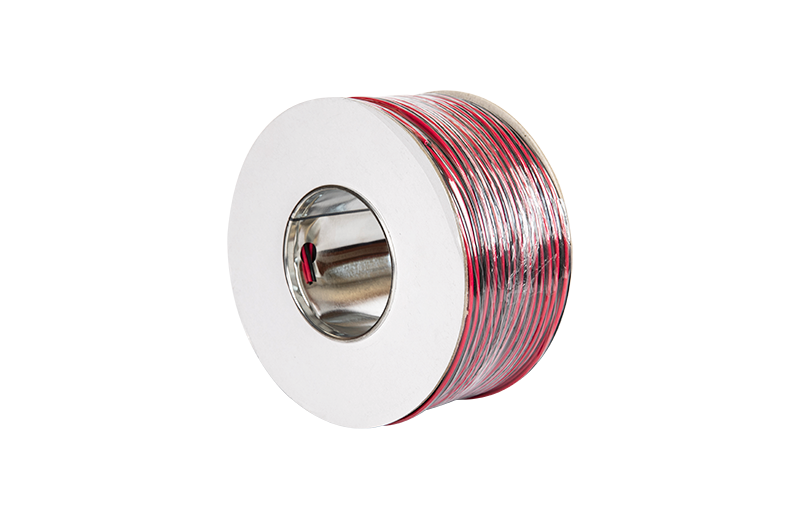Summary:In the realm of home and professional audio setups, the quality of sound is paramount. A critical yet often overlooked component in achieving this is
In the realm of home and professional audio setups, the quality of sound is paramount. A critical yet often overlooked component in achieving this is the speaker cable. Low-voltage speaker cables are particularly important for their ability to transmit audio signals with minimal loss and interference. Here, we delve into the best practices for running these cables in various settings, while highlighting the advantages of our product, "Low-Voltage Speaker Cable Wires."
Low-voltage speaker cables are designed to handle the relatively low power levels required to drive speakers. Unlike high-voltage cables, these are not meant to carry the power supply but rather the audio signal from the amplifier to the speakers. The key to their performance lies in their construction, which typically includes high-quality conductors, often made from oxygen-free copper, and a robust insulation material to prevent signal degradation.
The first step in running low-voltage speaker cables is careful planning. Identify the locations of your amplifier and speakers, and plan the shortest, most direct route for the cables. This minimizes signal loss and reduces the chance of interference from other electronic devices. Our "Low-Voltage Speaker Cable Wires" are designed with flexibility and durability in mind, making them easy to route around corners and through tight spaces without compromising signal integrity.

One of the primary concerns when running speaker cables is interference from other electrical devices. It's best to keep the cables away from sources of electromagnetic interference, such as fluorescent lights, power transformers, and large appliances. Our cables are shielded to further reduce the impact of external noise, ensuring a clean audio signal.
Once the route is determined, it's important to secure the cables properly. Use cable clips or ties to keep the cables in place and prevent them from being accidentally pulled or damaged. Avoid sharp bends or kinks, which can stress the cable and degrade performance over time. The robust construction of our "Low-Voltage Speaker Cable Wires ensures they can withstand the rigors of installation without compromising audio quality.
The way you terminate your low-voltage speaker cables can also affect the sound quality. Use high-quality connectors that are compatible with your amplifier and speakers. Ensure that connections are secure to prevent intermittent signals. Our cables come with gold-plated connectors, which offer a superior connection and resist corrosion, ensuring long-lasting performance.
After installation, it's crucial to test the system to ensure that the cables are functioning correctly. Listen for any signs of distortion or interference, and adjust the cable routing if necessary. The clarity and fidelity of our "Low-Voltage Speaker Cable Wires" will shine through in your testing, providing a noticeable improvement in sound quality.
Finally, regular maintenance of your speaker cables is essential. Check for any signs of wear or damage, and replace them if necessary. Upgrading to higher-quality cables, such as our "Low-Voltage Speaker Cable Wires," can provide a significant boost to your audio system's performance, offering a more dynamic and detailed soundstage.
Running low-voltage speaker cables in a home or professional audio setup requires careful planning, proper installation techniques, and high-quality materials. By following these best practices and choosing the right cables, such as our "Low-Voltage Speaker Cable Wires," you can ensure that your audio system delivers the best possible sound quality.
